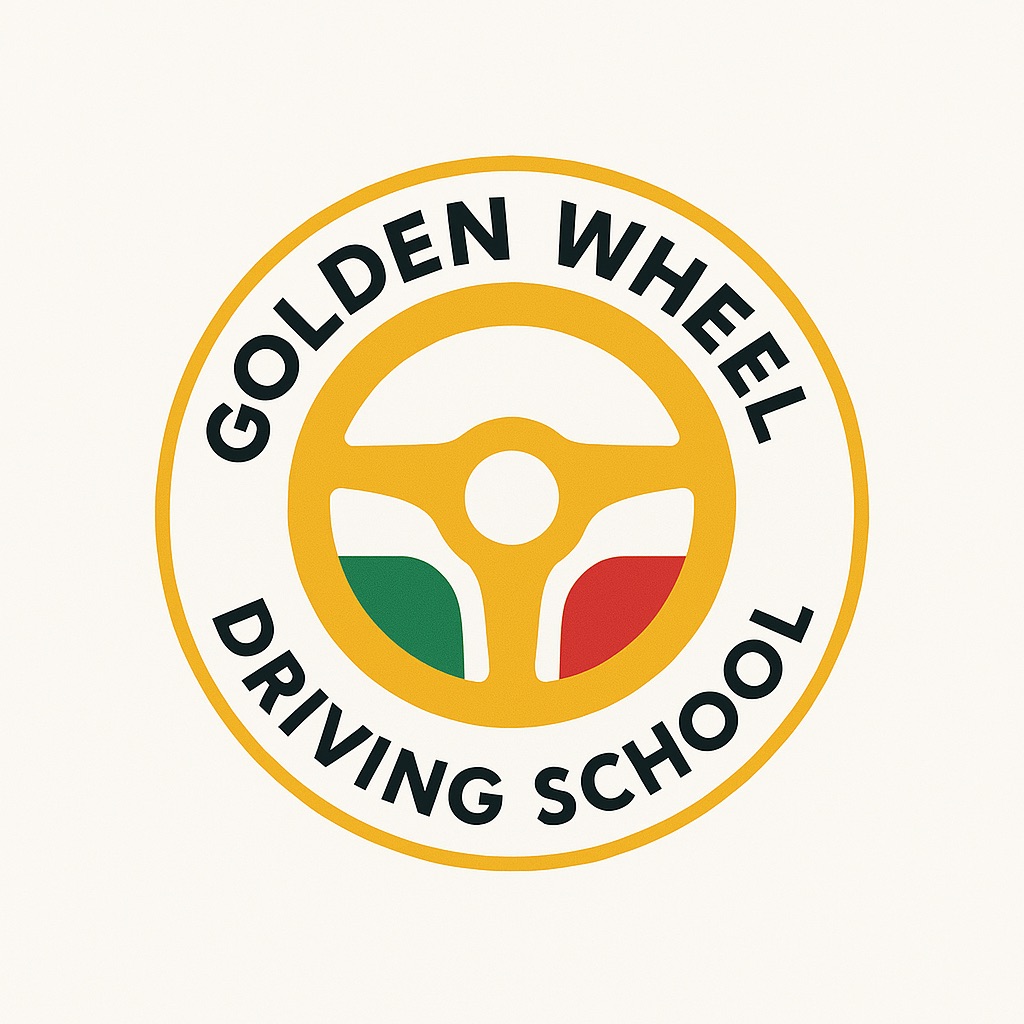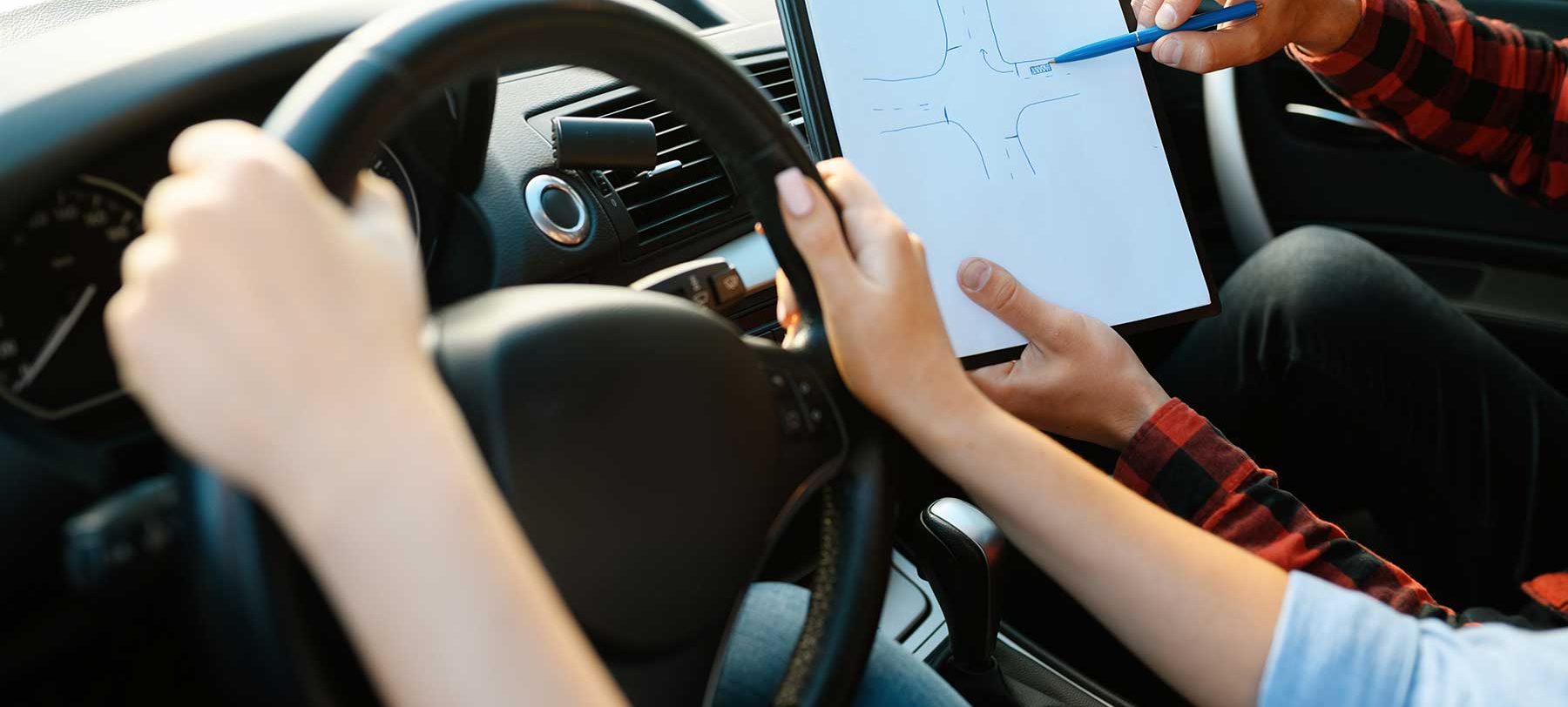Introduction:
This blog post’s objective is to offer a thorough overview of the procedure for obtaining a driver’s license in the state of New Jersey at the age of 16. This includes details on the paperwork needed, the exams needed, and any additional conditions that must be satisfied before a driver’s license can be obtained in the state.
In order to obtain a driver’s license in New Jersey at the age of 16, you must complete the following procedures:
By completing a written knowledge test and a vision test at a Motor Vehicle Commission (MVC) office, you can get a learner’s permit.
Participate in a supervised driving program with a parent, a guardian, or another licensed driving instructor.
Pass a driving test at an MVC office to prove your driving abilities.
You must also complete at least six hours of behind-the-wheel training with a certified driving instructor if you are under the age of 18.
You will be qualified to acquire your driver’s license once you have fulfilled all of the aforementioned conditions and are at least 16 years old.
It is significant to remember that in order to get a driver’s license in New Jersey, you will need to present proof of your identity, place of residence, and Social Security number. Any fees that apply must also be paid.
What We Will Teach You In This Course:
Tour Of the Vehicle:
It is important for new drivers to familiarize themselves with the vehicle they will be driving before getting behind the wheel. This includes knowing the location and function of all the controls, such as the pedals, steering wheel, gear shift, and headlights. It is also important to understand how to adjust the mirrors and seats for proper visibility and comfort.
Here are some things that you should pay attention to when touring the vehicle:
- Locate and identify the controls for the headlights, windshield wipers, turn signals, and hazard lights.
- Familiarize yourself with the location of the horn, gas pedal, brake pedal, and clutch (if applicable).
- Adjust the seat and mirrors to the proper positions for your height and comfort.
- Locate the emergency brake and ensure that it is properly engaged.
- Check the fuel gauge and make sure the vehicle has enough gas.
- Familiarize yourself with the location of the spare tire and tools (such as a jack and lug wrench) in case of a flat tire.
- Check the condition of the tires, including the tread depth and inflation level.
By taking the time to tour the vehicle and become familiar with its controls, you will be better prepared to safely operate the vehicle.
Get A Feel For The Vehicle
Once you have familiarized yourself with the controls and features of the vehicle, it’s important to get a feel for how the vehicle handles. This includes understanding how the brakes, accelerator, and steering respond to your inputs.
Here are some tips for getting a feel for the vehicle:
- Practice pressing the brakes gently at first, and then more firmly, to get a sense of how the vehicle responds.
- Practice turning the steering wheel to the left and right to get a sense of how the vehicle responds to steering inputs.
- Practice accelerating and decelerating to get a feel for how the vehicle responds to changes in speed.
- Pay attention to how the vehicle feels as you drive, including how it handles bumps and turns.
By practicing these basic maneuvers in a safe, controlled environment, you can gain confidence in your ability to operate the vehicle and become a better, safer driver.
Start In Low-Speed, Low-Traffic Areas
It is a good idea for new drivers to start practicing in low-speed, low-traffic areas as they get accustomed to operating the vehicle. This allows you to focus on the basic skills of driving, such as braking, accelerating, and steering, without the added distractions and challenges of high-speed or high-traffic environments.
Some examples of low-speed, low-traffic areas where you can practice driving include:
- A residential neighborhood with little traffic
- A parking lot with few other vehicles
- A country road with little traffic
By starting in these types of environments, you can build up your skills and confidence before tackling more challenging roads and conditions. As you become more comfortable with driving, you can gradually progress to higher-speed, higher-traffic areas.
Driving On The Highway
Driving on the highway can be intimidating for new drivers, but with practice and the right approach, it can also be an enjoyable and efficient way to travel. Here are some tips for driving on the highway:
- Make sure you are comfortable and confident with your driving skills before attempting to drive on the highway.
- Pay attention to traffic signs and signals, and follow all rules of the road.
- Maintain a safe following distance from the vehicle in front of you.
- Use your turn signals when changing lanes or merging onto the highway.
- Stay in the right lane unless you are passing another vehicle.
- Keep an eye on your speed and stay within the posted speed limit.
- Keep your focus on the road and avoid distractions, such as texting or eating while driving.
By following these tips, you can help ensure a safe and enjoyable experience while driving on the highway.
Advanced Skills
As you become more comfortable and confident with your driving skills, you may want to consider learning some advanced techniques to further improve your ability to operate a vehicle safely and efficiently. Here are a few examples of advanced skills that you may want to consider learning:
- Parallel parking: This technique involves maneuvering your vehicle into a parking space that is parallel to the curb.
- Three-point turn: This technique is used to turn the vehicle around in a small space, such as on a narrow street or in a cul-de-sac.
- Highway driving: This involves driving at high speeds and navigating through heavy traffic on the highway.
- Night driving: This involves driving in low-light conditions, which can be more challenging due to decreased visibility.
- Inclement weather driving: This involves driving in challenging weather conditions, such as rain, snow, or ice, which can affect the road conditions and visibility.
By learning these advanced skills, you can become a more versatile and confident driver. Keep in mind that it is important to only practice these skills in a safe and controlled environment, such as a driving school or a private road with a licensed instructor.
Preparation For Your Road Test
The road test is an important part of the process of getting a driver’s license, as it is an opportunity for you to demonstrate your driving skills to a licensed examiner. Here are some tips to help you prepare for your road test:
- Practice driving with a licensed instructor or a parent/guardian who is a licensed driver. This will give you the opportunity to get feedback on your driving skills and correct any mistakes before the road test.
- Familiarize yourself with the rules of the road and traffic laws in your state. This will help you to understand what is expected of you during the road test.
- Make sure that the vehicle you will be using for the road test is in good working condition, with all the necessary safety equipment, such as turn signals, headlights, and brakes.
- Plan your route in advance and practice driving the route with an instructor or parent/guardian.
- On the day of the road test, arrive early to allow yourself plenty of time to prepare and relax.
By following these tips and being well-prepared for the road test, you can increase your chances of success and get your driver’s license.
Here are some additional tips to help you prepare for a road test:
- Pay attention to your speed and use your turn signals when appropriate.
- Maintain a safe following distance from other vehicles.
- Come to a complete stop at all stop signs and red lights.
- Use proper hand signals when turning or changing lanes.
- Check your mirrors frequently to stay aware of your surroundings.
- Stay in the correct lane and do not make any illegal turns.
- Avoid distractions, such as texting or eating, while driving.
- Stay calm and focused, and follow the instructions of the examiner.
By following these tips and demonstrating good driving habits, you can increase your chances of passing the road test and getting your driver’s license.







